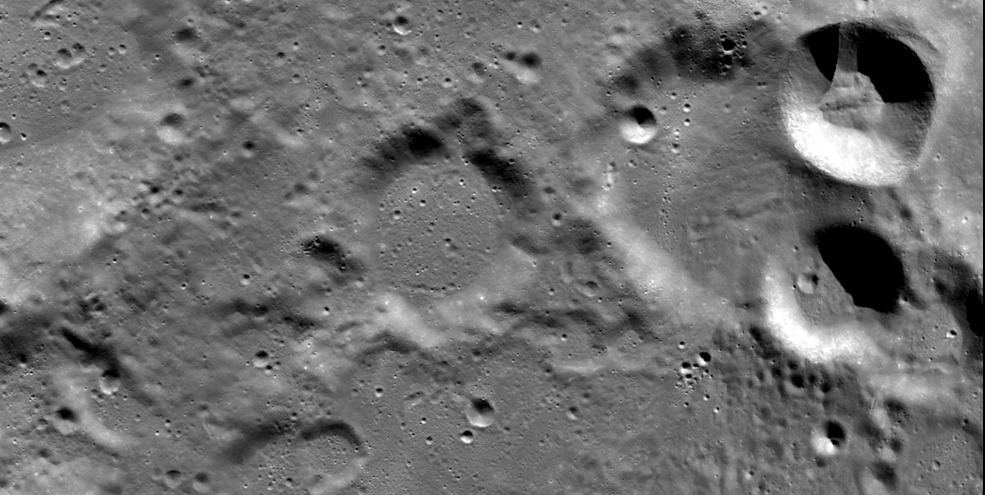NASA Didn't Find India's Missing Vikram Lander

NASA’s Lunar Reconnaissance Orbiter (LRO) took pictures of the proposed landing site of India’s Vikram Lander.
Scientists were unable to locate Vikram, which experts say had a hard landing, in the images taken by LRO, according to a NASA statement.
Vikram dropped out of contact shortly before it was scheduled to land on the lunar surface; Indian Space Research Organisation (ISRO) mission specialists have not been able to establish contact.
NASA released images taken by its Lunar Reconnaissance Orbiter today of the Vikram Lander’s crash site. The lander, however, is nowhere to be found.
The world watched on September 6 EST as, in the final moments before it was slated to land on the lunar surface, Indian Space Research Organisation's (ISRO) Vikram stopped communicating with Mission Control in Bangalore, India. Had Vikram safely landed, it India would have become the fourth country to successfully land on the moon’s surface after the U.S., Russia, and China.
But why aren’t we able to see the lander? One theory, as NASA suggests in a statement, was that the lander could be tucked away in a crater, shaded from view. The images, according to the statement, were taken at dusk, when shadows cast by the sun cover large swaths of the Lunar surface.
The proposed landing site is roughly 370 miles from the moon’s South Pole. LRO is scheduled to pass over the site again in October, when lighting will be much more favorable, according to NASA. On September 8, ISRO released images of the lander, which showed that it had potentially toppled to one side upon impact.

Vikram was set to land on a plateau between the Simpelius N and Manzinus C craters, and would have been the first spacecraft to land on the moon’s southern hemisphere. The region near the moon’s South Pole is of great economic and scientific interest. Images from previous missions, including India’s Chandrayan 1 mission, have suggested that there may be water ice tucked within the shaded craters. Water ice would be a critical resource to the success of future long-term missions to the moon.
This is the second time this year that a country has tried and failed to make a soft landing on the moon, following Israel's failed attempt to land its Beresheet spacecraft last April. The Chandrayan 2 mission’s orbiter still circles the moon, and is expected to snap pictures of the lunar surface and contribute important science to the mission.
You Might Also Like

 Yahoo News
Yahoo News 
